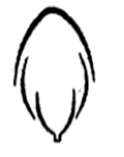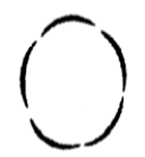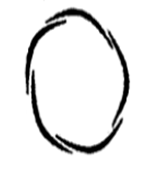A common structural feature of vessel elements and sieve tube elements is
-
thick secondary walls
-
pores on lateral walls
-
presence of P-protein
-
enucleate condition
B.
pores on lateral walls
The wall of both vessel and sieve tube elements are perforated by large opening. Due to this adaptation, the cell to cell contact is possible. The vessels are nucleated whereas the sieve tube elements are enucleated.










